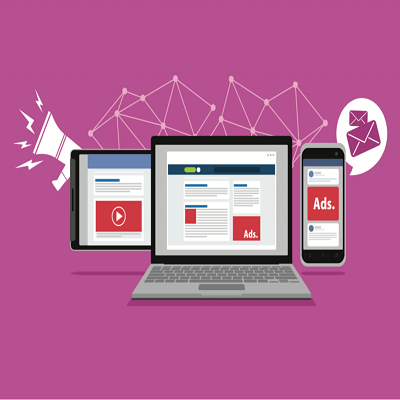
How to evaluate the effectiveness of advertising
In any marketing campaign, it is very important to pay attention to contextual advertising. It is now the most effective way of drawing attention to products and services. Of course, contextual advertising does not guarantee an increase in profits and sales. However, it certainly contributes to it, as well as improving brand awareness, which affects its popularity. That’s why it’s important to be able to evaluate the effectiveness of your advertising campaign and its individual elements.
CTR metric
CTR is the click-through rate. It indicates how many clicks were made after an ad was shown. The higher the click-through rate, the more successful the company is in promoting its products and services. CTR is used to measure a variety of metrics used to drive traffic. It is determined by dividing the number of clicks by the number of impressions and multiplying by 100 percent.
However, it should be understood that not every click on a product page guarantees a purchase. Therefore, CTR is not always used as the main indicator of campaign effectiveness. For it can be used to calculate the advertiser’s costs.
The very essence of contextual advertising is that it is broadcast to the user who is interested in specific products or services. Such information is determined on the basis of his search query.

Price per click
The cost per click is indicated by the abbreviation CPC, which stands for the cost per click on an ad. This is how much it costs to bring one customer to your website. The CPC is calculated using the formula: The cost of advertising is divided by the number of clicks.
The advertiser chooses a site to promote and pays for the advertisement. After each click, a certain amount is withdrawn from his account. It should be understood that the cost per click can vary significantly from one business to another. This is influenced by the following factors:
- Competition. The higher it is, the more you have to pay per click.
- The cost will be more expensive if the keywords used in the search are those specified in the ad.
- If users actively click on the link, the cost per click will go down.
CPC can be used to determine the return on investment of an ad and which format is most effective.
Bounce and time on site
These parameters should also be taken into account when evaluating the effectiveness of a marketing campaign. A bounce is defined as visiting a website for less than 15 seconds. This can happen for a variety of reasons and can often be due to the functionality or structure of the page. For example, an online shop only accepts orders by phone. In this case the client only needs to look at this information and leave the site.
Time on the site refers to the length of time it has been visited by the client. This indicator is used to determine how much time the user needs to search for a product and place an order. For example, if goods or services are common and users spend too much time on the site, it is likely that the structure of the resource needs to be improved.
All of these parameters help to determine the effectiveness of a marketing campaign and choose the right direction for business development. Comprehensive analysis allows you to identify possible errors in the content and design of the site, and to take measures to eliminate them.
